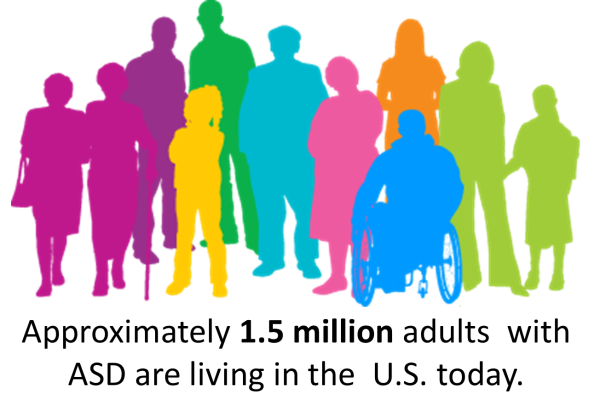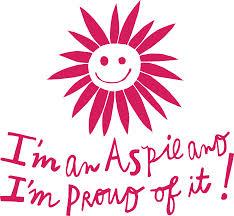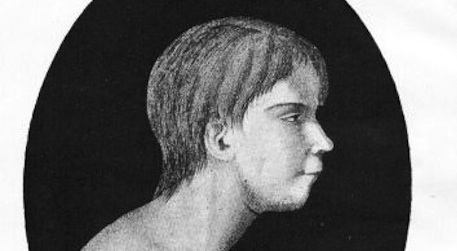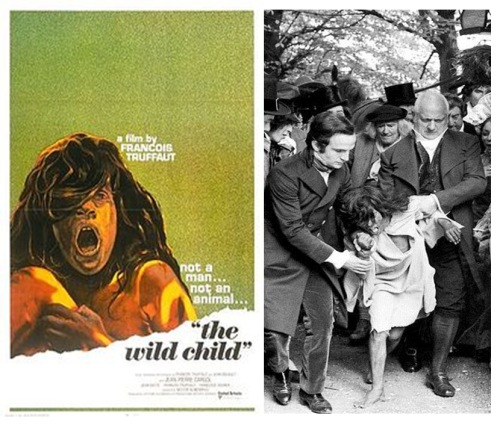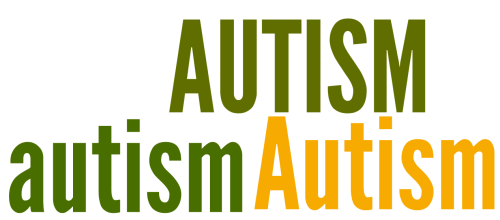Hans Asperger (February 18, 1906 – October 21, 1980) was an Austrian pediatrician who described in 1944 what he referred to autistic psychopathy as “a lack of empathy, little ability to form friendships, one-sided conversation, intense absorption in a special interest, and clumsy movements.”
Although he was one of the first to describe the symptoms related to today’s well-know Autism Spectrum Disorder, his work was little known during his lifetime. Perhaps the first acknowledgment of his work was done posthumously by Lorna Wing‘s 1981 article Asperger’s Syndrome: A clinical account and later on he became known in the scientific community due to Uta Frith’s 1991 translation of his work from German to English.
In the paper ‘Autistic psychopathy’ in childhood, Hans Asperger reports several cases of a type of children that he describes as “particularly interesting and highly recognizable”. He ends the paper stating that “autistic people have their place in the organism of the social community. They fulfill their role well, perhaps better than anyone else could, and we are talking of people who as children had the greatest difficulties and caused untold worries to their caregivers”.
Other people in autism:
– Lorna Wing


